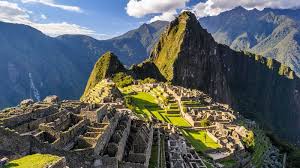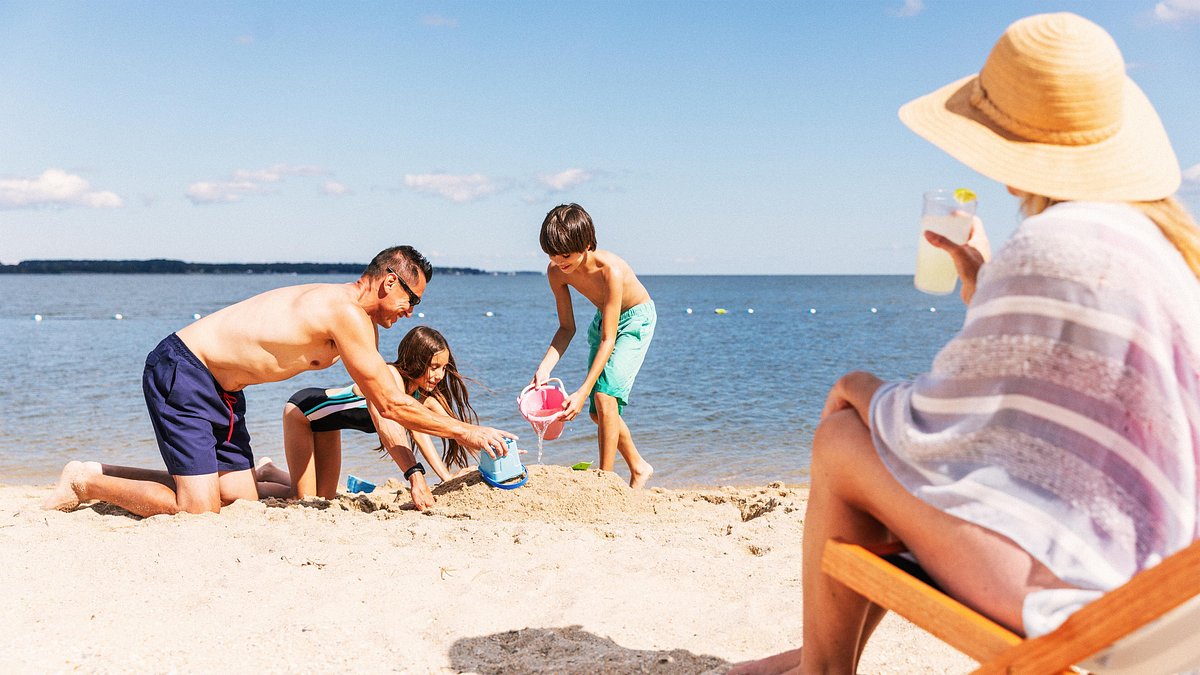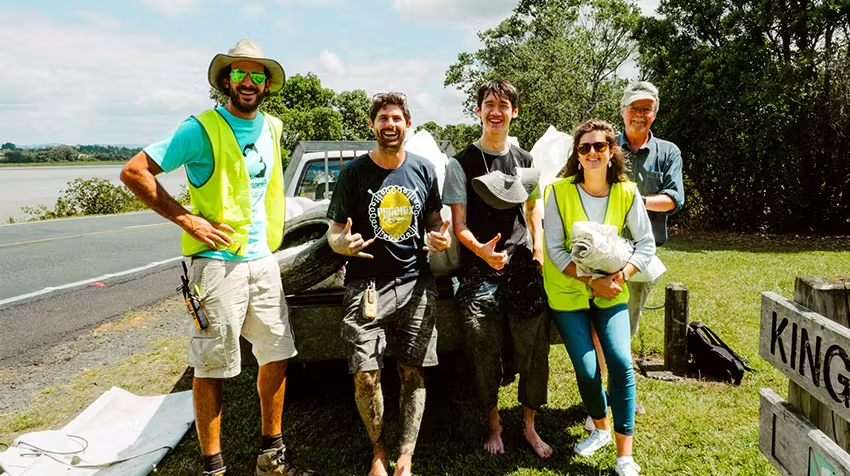
Hey there, fellow business builder. I’ve been knee-deep in the world of corporate rewards for over a decade now, ever since I cut my teeth planning sales kickoffs for a mid-sized tech firm back in 2012. One trip to Costa Rica stands out—a ragtag group of coders and marketers zip-lining through the canopy, laughing off their fears and bonding over bad karaoke later that night. It wasn’t just a getaway; it sparked a 25% uptick in cross-team collaboration that year. That’s the magic of incentive travel when done right. If you’re staring down the barrel of launching your own program, you’re in good company. These trips aren’t fluffy perks; they’re strategic tools that drive results. Let’s dive into the nuts and bolts, shall we? I’ll share 10 battle-tested tips drawn from real-world wins (and a few hilarious mishaps) to help you craft an experience that motivates, retains, and reignites your team.
Tip 1: Define Crystal-Clear Objectives from the Start
Picture this: You’re midway through a beachfront gala in Bali, and your sales VP pulls you aside, whispering, “This is epic, but did we hit our quarterly targets?” Oof. That awkward silence? Avoidable with upfront goals. Start by aligning your incentive program with business priorities like boosting sales by 15% or slashing turnover by 10%.
Make them SMART—specific, measurable, achievable, relevant, time-bound. For a sales team, that might mean “Top 20 performers who close $500K in Q4 deals earn a spot.” This isn’t busywork; it’s your North Star for every decision, from destination to debrief.
In my early days, we skipped this and ended up with a ski trip for a summer-loving crew—beautiful snow, zero enthusiasm. Lesson learned: Objectives keep everyone rowing in sync.
Tip 2: Know Your Audience Inside and Out
Ever planned a Vegas blowout for a group of introverted accountants? Yeah, that’s a recipe for awkward blackjack tables and early bedtimes. Before booking flights, dig into what lights your people up. Send quick surveys: Beach vibes or mountain hikes? Solo adventures or family-inclusive?
Tailor to demographics too—Gen Z might crave eco-adventures in Portugal, while boomers lean toward luxe cruises in the Med. Tools like Google Forms or SurveyMonkey make this painless.
I once pivoted a Napa wine tour to a Charleston food fest after feedback revealed half our qualifiers were foodies, not oenophiles. The rave reviews? Priceless. Your crowd’s preferences turn a good trip into their best story ever.
Tip 3: Set a Realistic Budget That Delivers Bang for Buck
Budgets: The unsexy backbone of any program. Aim for 10-15% of your total reward spend on travel, but factor in everything—flights, hotels, activities, even that contingency for a rogue volcano (true story from Iceland).
Break it down: Per-person costs should hover $2,000-$5,000 for domestic, $4,000-$10,000 international, per recent IRF data. Negotiate group rates early; airlines and resorts love volume.
Humor alert: Our first big trip blew 20% over because we “upgraded” impulsively. Now? I build in a 10% buffer and track via apps like Expensify. Smart spending means more trips, not one-and-done splurges.
Tip 4: Scout Trending Destinations with Broad Appeal
Gone are the days of cookie-cutter Cancun all-inclusives. For 2025, think Portugal’s Douro Valley for wine-soaked team builds or Costa Rica’s eco-lodges for adventure seekers—up 30% in bookings per SITE reports.
Prioritize accessibility: Direct flights, mild weather, visa ease. Balance wow-factor with practicality; a Formula 1 weekend in Monaco screams prestige, but add downtime to avoid burnout.
From my playbook, swapping Miami for Morocco’s riads was a game-changer—cultural immersion without the jet-lag hangover. Research via TripAdvisor or local DMCs ensures your spot wows without wearying.
Tip 5: Craft an Itinerary That Balances Structure and Freedom
No one wants a spreadsheet vacation. Weave in must-dos like a welcome luau or awards gala, but carve out unstructured bliss—think free afternoons for spa soaks or market wanders.
Aim for 60/40: 60% guided (team yoga, cultural tours), 40% flex time. This fosters organic connections, the real ROI gold.
I recall a Napa trip where we over-scheduled tastings; folks snuck off for picnics anyway. Lightened up next time, and feedback soared. Your itinerary should energize, not exhaust—leaving them hungry for more goals back home.
Tip 6: Promote Early and Often to Build Buzz
Announce like it’s the company Super Bowl. Kick off with a teaser video at all-hands: “Crush Q3, unlock paradise.” Follow with monthly check-ins—progress trackers, qualifier spotlights.
Leverage Slack channels or emails with countdowns and sneak peeks. This isn’t hype; it’s fuel. Studies show early comms boost participation by 40%.
Our Costa Rica reveal? A drone flyover of the resort—gasps all around. Non-qualifiers got inspired too, eyeing next year. Hype turns “maybe” into “must-earn.”
Tip 7: Partner with Pros for Seamless Logistics
DIY sounds noble, but wrangling 50 passports and dietary prefs? Nightmare fuel. Enlist incentive specialists like TravelPerk or Brightspot—they handle sourcing, contracts, even on-site hosts.
Look for CMP-certified teams with DMC ties for local magic. Costs? 10-20% markup, but peace of mind’s worth it.
Pro tip from a vet: Vetted partners caught our Iceland ash cloud detour in ’10—saved the day. Delegate the grind; focus on the glow-up your team’s about to get.
Tip 8: Prioritize Safety and Sustainability in Every Detail
Post-pandemic, safety’s non-negotiable. Vet destinations via State Department advisories, secure travel insurance, and brief on protocols. Add wellness: Mask kits, health apps.
Go green too—carbon-offset flights via Climeworks, eco-hotels. 70% of millennials prioritize this, per IRF.
A Morocco trip taught me: One bout of food woes tanked morale. Now, we audit vendors rigorously. Safe, sustainable trips build trust—and bragging rights.
Tip 9: Measure ROI Beyond the Postcard Memories
Success isn’t just Instagram likes. Track pre/post metrics: Sales lifts (aim 18-22% per IRF), engagement surveys, retention rates. Tools like Qualtrics capture “Did this motivate you?” gold.
Qualitative wins count too—networking stories that spark deals.
After Charleston, our NPS jumped 35%, correlating to a Q4 surge. Data demystifies the magic, justifying budgets and refining future runs. Numbers plus narratives? Unbeatable.
Tip 10: Follow Up to Keep the Momentum Rolling
The trip ends; the impact doesn’t. Send recap videos within a week—highlights, thank-yous. Host a virtual share-out: “Best bite?” polls.
Tie back to goals: “Your hustle here fueled that 15% close rate.” This sustains the high.
Our Costa Rica crew? A follow-up retreat mini-golf night birthed ongoing “Zip Line Challenges.” End strong, and your program’s a perennial powerhouse.
Pros and Cons of Corporate Incentive Travel Programs
Weighing if this fits your org? Let’s break it down honestly. I’ve seen both sides—thrilling highs and budget headaches.
Pros
- Skyrockets Motivation and Performance: Non-cash rewards like trips outperform bonuses by 3x in driving sales, per IRF studies. Employees chase that Bali sunset harder than a paycheck bump.
- Forges Lasting Bonds: Shared zip-lines beat watercooler chats. 91% of buyers note boosted engagement and culture, especially in hybrid teams.
- Enhances Retention: Top earners stick around for the “club” vibe—turnover drops 20-30% post-program.
- Tax Perks and ROI: Often deductible as business expenses, with 2-4x returns via productivity gains.
Cons
- Hefty Upfront Costs: $3K+ per head adds up; small firms might strain without sponsors.
- Logistics Labyrinth: Cancellations, allergies—mishaps happen. Without pros, it’s a full-time job.
- Equity Gripes: Not everyone qualifies, risking resentment if goals feel rigged.
- Measurement Mayhem: Soft metrics like “morale” are fuzzy; poor tracking leaves execs skeptical.
| Aspect | Group Trips | Individual Trips |
|---|---|---|
| Cost Efficiency | High (bulk deals) | Variable (personal prefs inflate) |
| Team Building | Excellent (shared memories) | Limited (solo focus) |
| Customization | Moderate (group consensus) | High (tailored dreams) |
| Logistics Ease | Complex (herding cats) | Simpler (one-off bookings) |
| Motivation Impact | Broad (peer pressure) | Personal (ego boost) |
Group shines for cohesion; individual for flexibility. Hybrid? Best of both.
People Also Ask: Real Google Queries Answered
Pulled these straight from search trends—quick hits on what folks really wonder.
What is a corporate incentive travel program?
It’s a reward system where companies foot the bill for dream trips to motivate stars. Think all-expenses-paid escapes for hitting sales targets—not your standard conference slog. Unlike cash bonuses, these build emotional ties, with 80% of firms reporting profit jumps per SITE.
How much does a corporate incentive trip cost?
Ballpark: $2,500-$6,000 per person domestically, $5,000-$12,000 abroad, covering flights, stays, and eats. Factor 10% buffer for surprises. Pro move: Group negotiations slash 20-30%. For budgets under $50K, domestic gems like Florida keep it real.
What are the benefits of incentive travel for employees?
Beyond R&R, it spikes engagement (up 64% post-trip), cuts burnout, and sparks innovation through fresh bonds. Employees return recharged, often exceeding quotas by 22%. Plus, that “valued” glow? Retention rocket fuel.
Where to find the best incentive travel companies?
Top picks: TravelPerk for seamless platforms, Brightspot for custom flair, Moniker for luxe wow. Vet via reviews on SITE Global or LinkedIn. Start with a consult—many offer free audits.
How to measure the success of an incentive travel program?
Blend KPIs: Sales uplift (track 3-6 months pre/post), NPS surveys (aim 80+), retention rates. Tools like Google Analytics for engagement or post-trip polls reveal the intangibles. If morale metrics climb, you’re golden.
Best Tools for Planning Corporate Incentive Travel
Transactional intent? Here’s your toolkit arsenal—streamline from brainstorm to bon voyage.
- TravelPerk: All-in-one platform for bookings, offsets, and reports. Handles 24/7 support; integrates with Slack for real-time updates.
- InEvent: Event software gold for registrations, itineraries, and AI-driven emails. GDPR-compliant, perfect for global squads.
- Monday.com: Project management beast—custom dashboards for timelines, budgets, and vendor chases. Free tier for starters.
- Expensify: Expense tracking ninja; scans receipts, flags overruns. Pairs with QuickBooks for seamless ROI math.
- Qualtrics: Survey wizard for pre/post feedback. Unearths gems like “More downtime!” to tweak next time.
For where to snag ’em: Head to their sites or app stores—most offer demos. These cut planning time by 40%, per user reviews.
FAQ: Your Burning Questions on Incentive Travel Planning
Gathered these from forums and chats—straight talk, no fluff.
How do I choose the right destination for my team’s incentive trip?
Start with polls: Adventure (Costa Rica) or chill (Hawaii)? Check flight ease and weather via Kayak. For 2025 trends, Portugal’s rising—affordable luxe with UNESCO vibes. Budget? Domestic for under 50 heads.
What if not everyone can attend due to family obligations?
Flexibility’s key—offer extensions or guest swaps. In one program I ran, 20% deferred to family windows; satisfaction held at 92%. Communicate early; it’s empathy in action.
Can small companies afford incentive travel programs?
Absolutely—scale down to regional jaunts ($1,500/head) or virtual hybrids. A startup I advised did Austin food tours for $20K total, yielding 18% sales pop. ROI trumps size.
How do I incorporate team-building into the trip without it feeling forced?
Subtle wins: Cooking classes in Italy or beach cleans in Bali—fun with purpose. Keep optional; our Morocco souk scavenger hunt? 85% opt-in, zero eye-rolls.
What’s the biggest mistake to avoid in planning?
Over-scheduling. Free time’s the secret sauce—85% crave it, per IRF. One packed Paris itinerary? Crickets. Loosen the reins; let memories marinate.
There you have it—your roadmap to incentive travel that sticks. From that first goal-setting huddle to the post-trip high-fives, these tips have powered programs I’ve touched to real, lasting wins. What’s your next move? Drop a line if you’re plotting one; I’d love to swap stories. After all, the best trips? They’re the ones that remind us why we grind. Safe travels—and here’s to your team’s next big score.




More Stories
10 Benefits of Incentive Travel Schemes
What is Incentive Travel? Benefits and Execution Guide
Incentive Travel Encourages Brand Advocacy